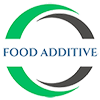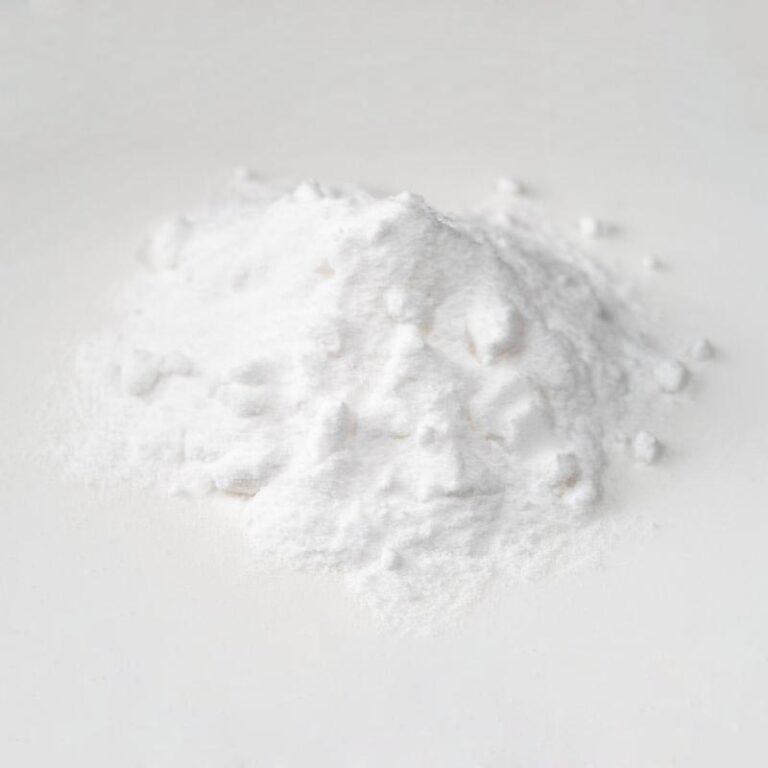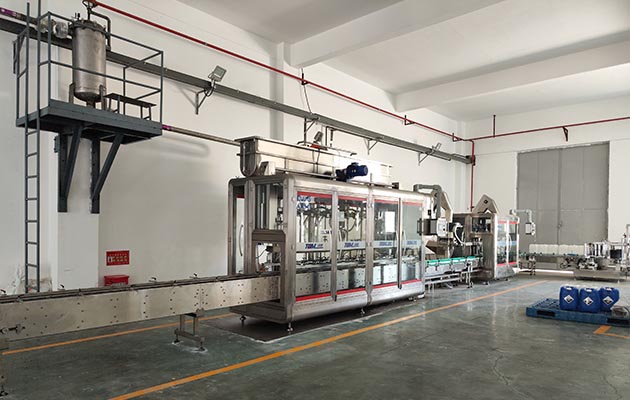-
Liutang Town Industrial Park, Liucheng County, Guangxi

Phosphate in Food Additives: What You Need to Know
Phosphate in Food Additives: What You Need to Know
Phosphate components are present in the present-day meal sources. From sodas to delicatessens, porks and baked goods, these compounds participate in a useful part– yet at what expense? This write-up plunges deep into the science, wellness effects, identifies loopholes, and suggests sensible ways to lessen phosphate consumption, specifically for those who need it most.
What Are Phosphate Ingredients?
Phosphate components are actually artificial kinds of phosphorus added to food items for a variety of reasons. They strengthen texture, increase life span, function as emulsifiers, leavening agents, and also improve taste. Chemically, they are derived from phosphoric acid and also exist in many types, including:.
- Sodium phosphate.
- Potassium phosphate.
- Calcium mineral phosphate.
- Monocalcium phosphate.
- Disodium phosphate.
- Phosphoric acid.
These ingredients fall under the sunshade phrase “not natural phosphates,” which are very bioavailable– suggesting your body absorbs them more properly than the typically developing all-natural phosphates in whole foods.
Why Are Phosphates Actually Utilised in Processed Foods?
Makers utilise phosphates to:.
- Retain moisture in meats as well as seafood.
- Boost texture in baked products and processed cheese.
- Act as acidity regulators in soft drinks.
- Act as leavening agents in instantaneous baking blends.
- Maintain dairy products and non-dairy creamers.
While their functional perks aid in preserving product quality as well as service life, too much use includes negative aspects– especially when taken in frequently in higher quantities.
Common Foods Containing Phosphate Components.
Phosphates show up in a variety of processed items. Here is actually a malfunction by type:
| Food Item | Predicted Added Phosphates per Serving |
|---|---|
| Soda (12 12-ounce can) | \ ~ fifty mg |
| Processed cheese slice | 200– 300 milligrams |
| Deli pork (2 ounces) | \ ~ 250 mg |
| Immediate noodles | \ ~ 300– 500 mg |
| Hot cake mix (1 offering) | \ ~ 150 mg |
| Chick treasures (4 parts) | \ ~ 250 mg |
| Frosted pizza (1 piece) | 200– 400 milligrams |
- Note: Phosphate content varies widely across brands and recipes. Constantly inspect labels for phosphate-based elements. *.
How Much Phosphate Is Actually Way Too Much?
Dietary Reference Intakes (DRIs).
- Highly Recommended Daily Consumption (RDI):. Grownups (19+): 700 mg/day.
- Tolerable Upper Consumption Amount (UL):. 4,000 mg/day for healthy adults. 3,000 mg/day for adults over 70.
For people with kidney ailments, the RDI might also be expensive. Considering that wrecked kidneys can’t filter excess phosphorus efficiently, amounts can easily collect, leading to serious illnesses like bone demineralisation as well as cardiovascular system concerns.
The Hidden Danger: Bioavailability of Phosphate Additives.
Phosphates normally present in food (e.g., in chicken, beans, or even dairy) are actually soaked up at a cost of 30- 60%. In contrast, phosphate ingredients are actually taken in at 90- 100% . This means a processed meal can create a much larger phosphorus spike than a home-cooked whole meal.
Possible Wellness Risks of Excess Phosphate Consumption.
While the spotlight is actually commonly on folks along with kidney problems, expanding research reveals that higher phosphate intake may affect even healthy and balanced people:.
- Heart Disease: Elevated phosphate amounts may stiffen blood vessels and boost cardiovascular risk.
- Bone Health and Wellness: High phosphorus can easily disrupt calcium metabolism, weakening bone tissues gradually.
- Hormonal Inequalities: Excess phosphorus might promote parathyroid hormone (PTH), which possesses wide-reaching effects on metabolism.
- Accelerated Growing Old: Preparatory researches connect higher phosphorus diets to mobile ageing markers.
How to Determine Phosphates on Food Items Labels.
Phosphates conceal under a lot of titles. Watch for these phrases:.
Popular Names: .
- Dicalcium phosphate.
- Trisodium phosphate.
- Tetrasodium pyrophosphate.
- Monopotassium phosphate.
- Phosphoric acid.
E-numbers (utilised globally):.
- E338 (Phosphoric acid).
- E339 (Sodium phosphates).
- E340 (Blood potassium phosphates).
- E541 (Salt aluminium phosphate).
- Pointer: Any kind of ingredient along with “phos” is actually likely a phosphate substance. *.
Phosphates in Organic vs. Regular Foods.
Licensed organic foods have stricter substance laws. The USDA National Organic System prohibits the use of synthetic additives, including phosphates. While some types, like monocalcium phosphate, might actually make it possible for raising in baking, the majority of phosphate preservatives do not.
As a result, opting for organic products may be a reliable method to reduce additive consumption, though it is actually still critical to check labels.
Cooking and Phosphate Degrees: Does It Matter?
Preparing food can easily affect natural phosphorus in food items, but not added phosphates. For example:.
- Boiling meat can minimise phosphorus material through leaching.
- Processing (e.g., marinating or even injecting meats) along with phosphates enhances phosphorus concentration that cooking won’t clear away.
Incorporated phosphates are chemically tied in a manner that stays steady through popular cooking methods.
Exactly How to Decrease Phosphate Additive Intake.
1. Check out the Labels.
Focus on products without “phos”- located ingredients. If unclear, review various companies– some use additive-free versions.
2. Swap Refined for Entire Foods.
As opposed to: Frozen chick treasures. Try: Homemade cooked chicken tenders.
As opposed to: Pre-made pancake mix. Make an effort: do-it-yourself, combine with cooking soda, as well as cream of tartar.
3. Go for Organic When Possible.
Organic deli meat products, milk, and snack foods are actually frequently lower in phosphates.
4. Create a Low-Phosphate Meal Plan.
- Morning meal: Steel-cut oatmeal with berries and nuts.
- Lunch: Grilled chicken tossed salad with olive oil dressing.
- Treat: Fresh fruit product or plain yoghurt.
- Supper: Baked salmon, quinoa, and steamed cabbage.
5. Eating Out Methods.
- Select grilled over fried.
- Ask them about substance checklists (especially in dressings and also marinades).
- Skip refined sides like mac and cheese or flavoured rice blends.
The Long-Term Perspective: Phosphates and also Constant Health And Wellness.
Continuous research is exploring links between phosphate-rich diets and:.
- Intellectual downtrend.
- Hormonal dysregulation.
- Severe inflammation.
- Early ageing.
While seeking is still arising, the documentation recommends that small amounts are prudent for all– not merely those with renal illness.
Final thought: Rethinking the Task of Phosphate Components.
Phosphate in artificial additives is actually much more than just a chemical label on a tag. It’s a common portion of processed food items with real ramifications for lasting wellness. Whether you’re dealing with a medical ailment or even simply aiming for a healthier diet regimen, understanding just how much phosphate you are actually eating– as well as where it is actually originating from– is vital.
With updated options, practical swaps, and label proficiency, you may substantially decrease your intake and assist your total health and wellness.







